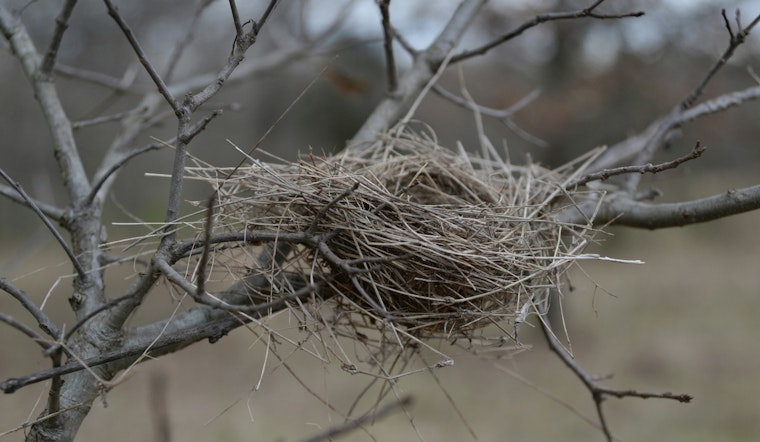
With the onset of warmer weather and the accompanying surge in coastal activities, the Texas Parks and Wildlife Department (TPWD) is calling on beachgoers to be mindful of the state’s precious bird nesting grounds. According to a recent announcement by TPWD, the flourishing rookery islands that serve as a sanctuary for thousands of waterbirds, including the enchanting brown pelicans and vivid roseate spoonbills, can be easily disturbed by the influx of summer boaters and anglers.
The vulnerability of these birds during nesting season cannot be overstated; the carefree approach of a boat or the splash of a wader can scatter birds from their nests, leaving their unhatched future to wilt under the harsh embrace of the Texas sun. TPWD's diversity biologist, Trey Barron, warned that disturbing the nesting birds could prompt colony abandonment and heartbreaking breeding failures. "When approached too closely by boaters or people wading nearby, birds are frightened off their nests, leaving eggs and chicks exposed to the summer sun, which can cause them to overheat," Barron highlighted the stakes involved, emphasizing the importance of vigilance on the coast to safeguard these avian families.
These sensitive breeding sites are not only ecological treasures but also protected by law; the birds’ nests, eggs, and chicks fall under the protection of the federal Migratory Bird Treaty Act and by Texas Parks and Wildlife Code. Despite what might seem an idyllic sanctuary, these nesting islands, including spoil islands, are often mere sandbars but they host more than half of the 25 species of Texas's colonial nesting waterbirds—many of which are in decline. Among them are the black skimmers, featured emblematically on TPWD's Coastal Birding Trail signage, which has seen a dire 70% drop since surveys commenced in 1973.
The Texas Colonial Waterbird Society, composed of an alliance of federal and state agencies, academia, and nonprofit organizations, collectively recommends a buffer zone, urging folks to enjoy their water sports and beach activities a clear 50 yards away from these vital bird havens. TPWD has a clear message for the coast-loving public, that humans and their pets should give these spaces a wide berth, especially considering the birding wonders that draw enthusiasts globally, like the reddish egret, a species that finds a significant portion of its population nesting in Texas.
In conclusion, to ensure the continued vibrancy of Texas's coastal ecosystems and its feathered denizens, TPWD asks that all coastal visitors not only respect the recommended distance from rookery islands during nesting periods but also be diligent in disposing of their fishing lines, tackle, and other waste. Such simple acts of consideration can spare our winged coastal neighbors untold peril, allowing them to soar unencumbered and grace the shores for generations to come.









